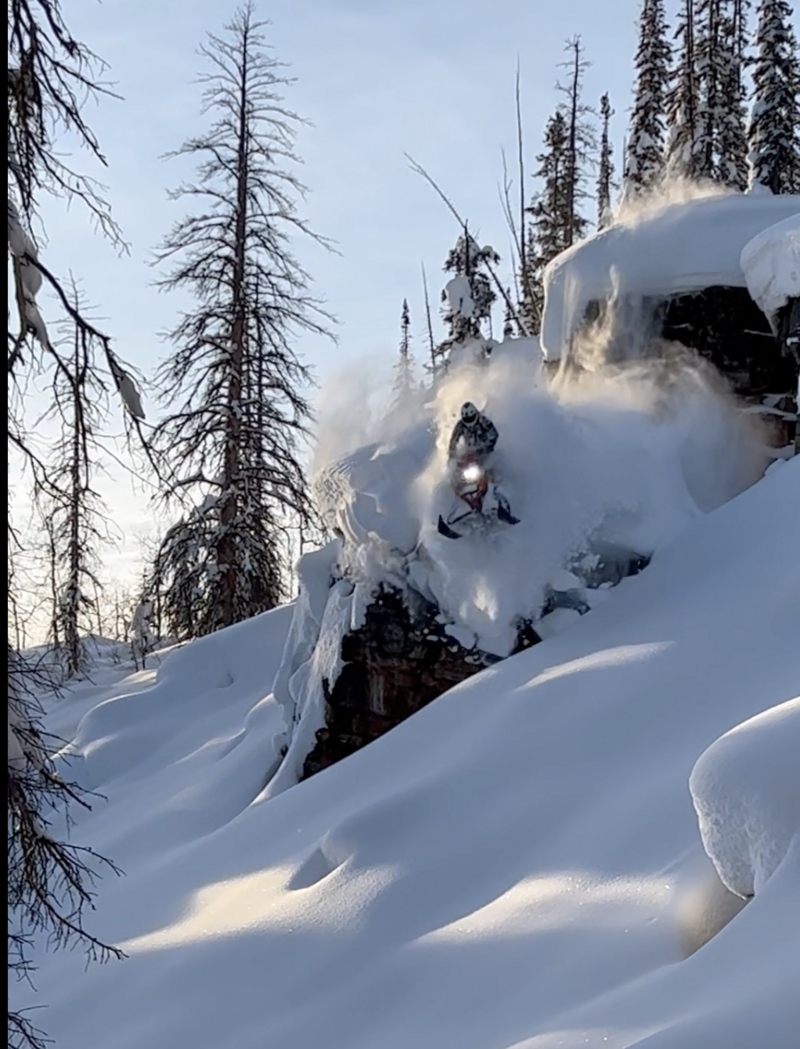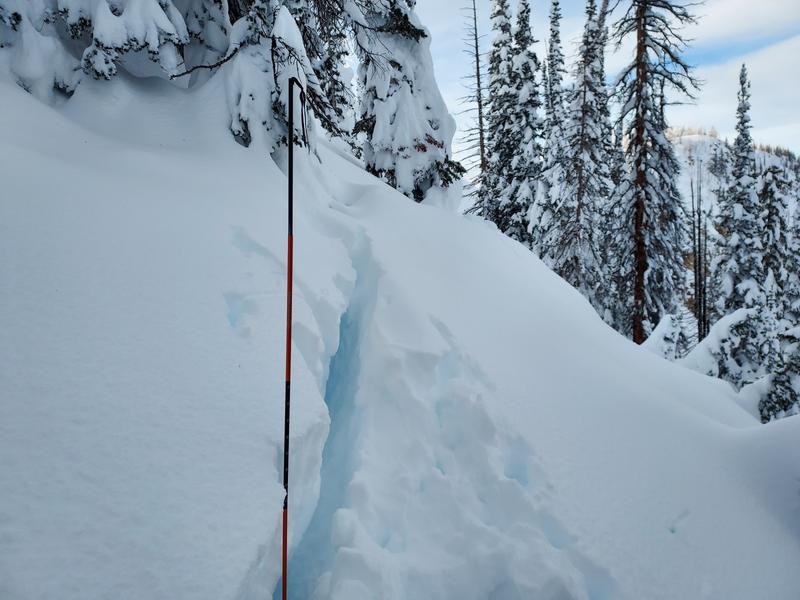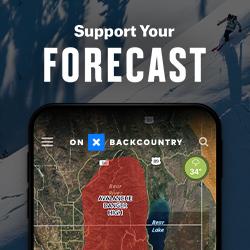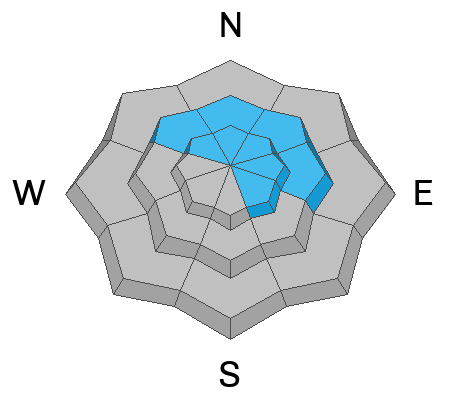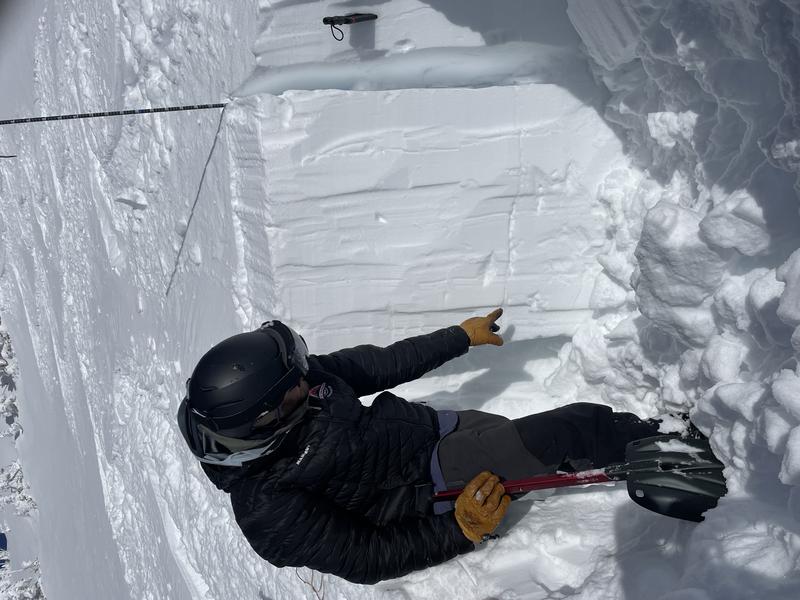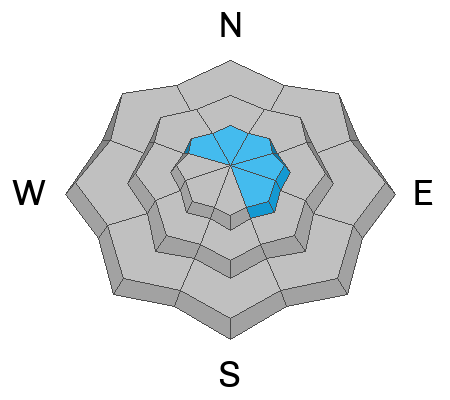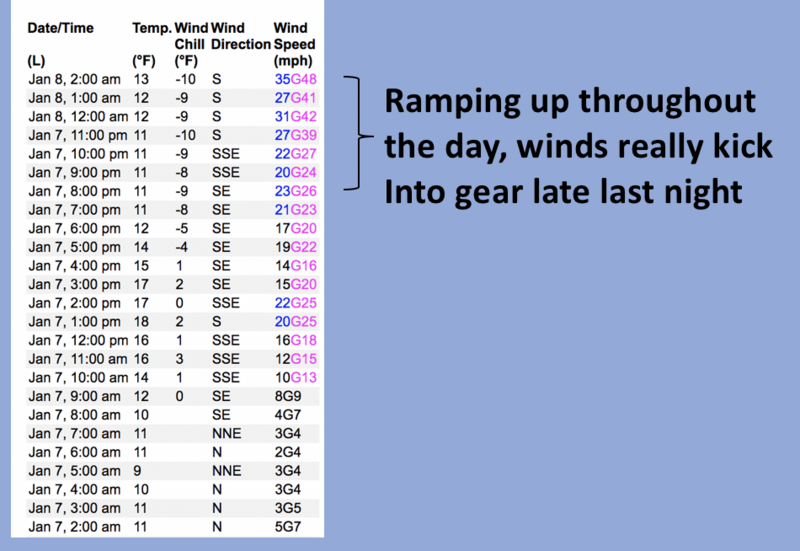Forecast for the Uintas Area Mountains

Issued by Craig Gordon on
Sunday morning, January 8, 2023
Sunday morning, January 8, 2023
The snowpack is becoming comfortable in its own skin, but we're not out of the woods just yet-
CONSIDERABLE avalanche danger is found on steep, upper elevation slopes in the wind zone at and above treeline. The danger is most pronounced in terrain facing the north half of the compass, particularly on slopes with an easterly component to their aspect. Human triggered avalanches are LIKELY. Pockety and a little more predictable, don't get surprised... steep, mid elevation terrain near treeline is a player as well. You'll find MODERATE avalanche danger and human triggered avalanches are POSSIBLE on steep, shady slopes. Generally LOW avalanche danger is found on west, south, and southwest facing slopes and all aspects below treeline.
My exit strategy... I'm shifting from mini golf to chip and putt.
Meaning... I'm still keeping it super conservative, but starting to step out into steeper terrain, especially mid and low elevation slopes facing the south half of the compass (where the avy danger is generally LOW), but doing so on slopes with little to no consequence.

Low
Moderate
Considerable
High
Extreme
Learn how to read the forecast here



